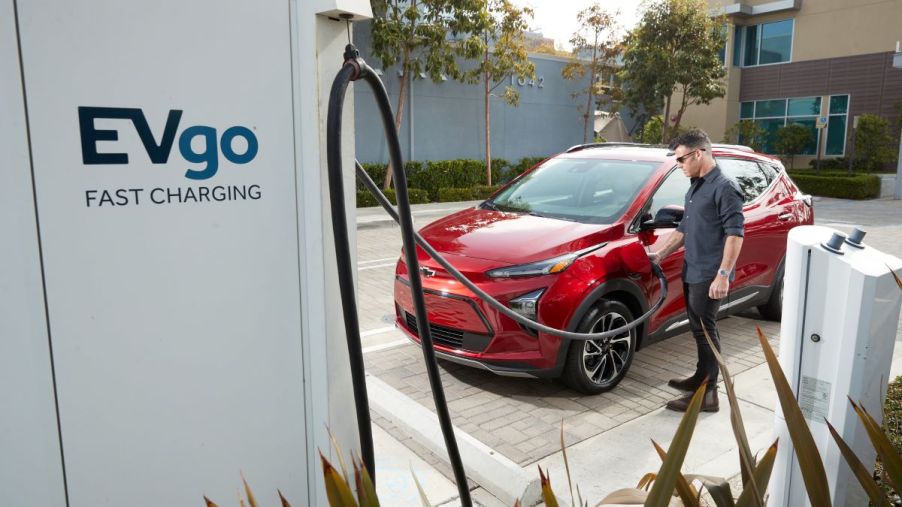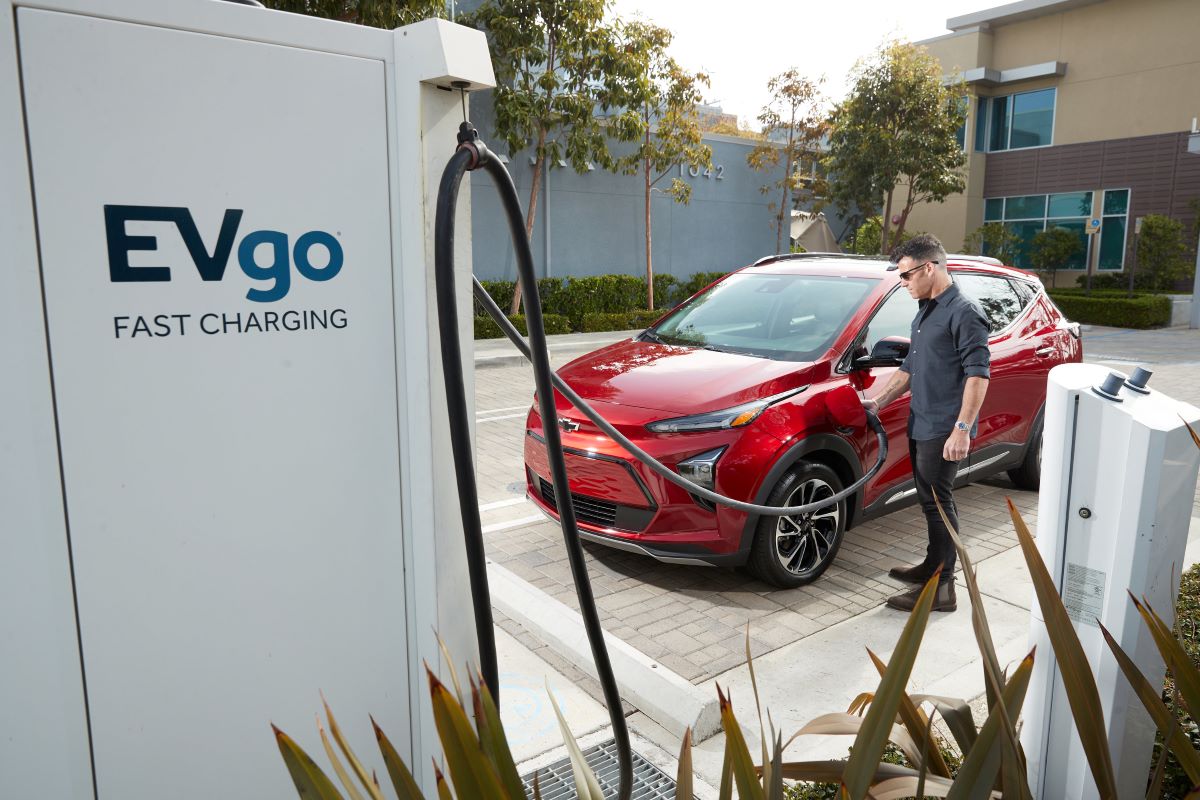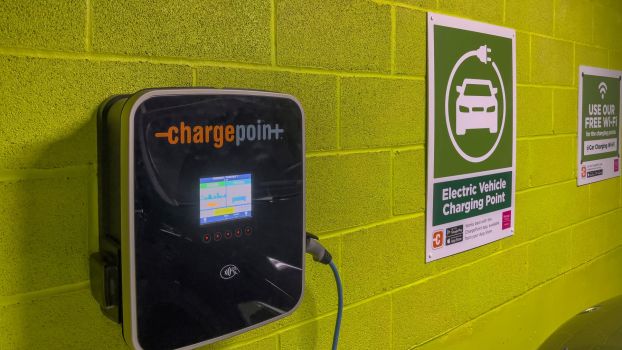
6 Most Affordable Electric Cars
Perhaps the most universal consideration when buying a new vehicle is cost. Although EVs are a growing segment and have gained some traction in the market over the last year, the price is still the most significant deterrent for folks looking to ditch fossil fuels. The good news is there are some affordable EVs out there. Here’s a look at these cheap electric cars and the biggest problem plaguing EVs in 2023.
Short and long-term affordability for EVs
Though we may be big fans of many new EV offerings, it’s important to consider that most drivers don’t have thousands to burn on an initial purchase or long-term maintenance. Eventually, given the simplicity of electric motors, we are confident EVs will be an excellent solution for the immense complexity of modern internal combustion engines. That said, EVs are far more expensive now than their ICE counterparts. For example, the Hyundai Kona starts at $22,140, while the Kona Electric starts at $33,550. It may be worth the jump, but with a gap greater than $11k, some buyers may want to increase size or capability rather than change the powertrain. It’s also worth noting that despite warranties on EV batteries, not everything is covered, and replacement cost is unbelievably expensive, reports The Drive—at least for now.
iSeeCars has compiled a list of affordable electric cars (excluding trucks and SUVs). While most internal combustion equivalents are still cheaper, here are six EVs that might allow more budget-minded folks to enter the world of electric vehicles.
A list of affordable electric cars

Topping iSeeCars’ list of affordable SUVs are the Chevrolet Bolt EV and Bolt EUV. While the Bolt EV has been around since 2017, the Bolt EUV is relatively new to the market. The good news: for 2023, the Bolt’s starting MSRP has been cut by $5k and the Bolt EUV by $5,700. This means both start under $30k! The Bolt starts at $27,495 and the Bolt EUV at $28,795, reports Car and Driver. Both General Motors-built EVs have a single 200-hp motor that powers the front wheels. Powering that motor is a 66 kWh battery in the Bolt EV and a 65 kWh battery in the Bolt EUV. The range is surprisingly solid as well. The Bolt EV gets 259 miles of range, while its crossover-inspired stablemate gets slightly less, with 247 miles. Though probably not road trip worthy, either vehicle would offer enough range to get most people to and from work—even in a colder climate.
The Nissan Leaf and Mini Electric are cheap but limited on range
The next two vehicles on the iSeeCars list are the Nissan Leaf and the Mini Cooper Electric. Both vehicles have a starting MSRP that hovers around the $30,000 mark, making them more expensive than the Bolt EV and Bolt EUV but less expensive than nearly any other electric vehicles on the market. The Leaf starts at $29,135, and the Cooper Electric at $30,750. For the money, the Nissan and the Mini lack power and range. The Leaf’s base “S” trim has a 147-hp electric motor powered by a small 40 kWh battery pack. This makes it suitable for only 149 miles of range. Compared to the 259 miles the Bolt gets you, this isn’t particularly impressive. That said, 150 miles should be good enough for a city car and most morning commutes. Though the Leaf SV gets a more competitive 62 kWh battery, a 214-hp electric motor, and a 215-mile range, it will cost you $37,135—not “cheap.” Thankfully, the Leaf does come through with a whopping 23.6 cu ft of cargo space.
Despite reviewers reporting it retains the essence of what it means to be a Mini, the Mini Cooper Electric has an abysmal range. Although it is still a fun car to hoon around in, 110 miles of range is not competitive today. That said, the tiny 28.9 kWh battery could be a part of the driving dynamics. Range aside, the Mini’s electric motor produces 181 horsepower and 199 lb-ft of torque, which gets it to 60 mph in over half a second quicker than the more powerful Bolt EV.
Cheap is a stretch but compromised these EVs are not
Rounding out the top six are the more expensive Tesla Model 3 and Polestar 2. Though many cite the 358 miles of the $10k more expensive Model 3 Long Range, the $44,630 base RWD version on this list only manages 272 miles from its 58 kWh battery. That said, 272 miles is still quite impressive, given you also get 271 hp, 310 lb-ft of torque, and a brisk 5.1 -second 0-60 mph time. The Model 3 is a well-known performer and class leader.
The Polestar 2, at $49,800, adds another chunk of change onto the already expensive Model 3. The base model features a single 228-hp motor powering the front wheels via a 78 kWh battery with a very competitive 270 miles of range. While the Polestar 2 falls behind the Tesla with its 6.6 second 0-60 mph time, it makes up for that with a far better interior and build quality throughout.



